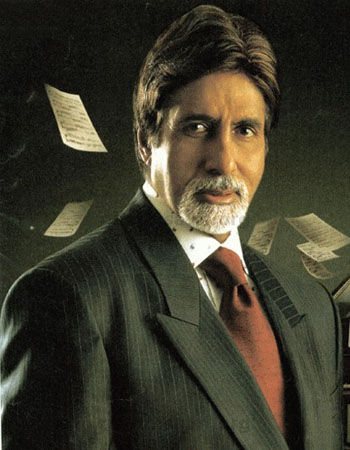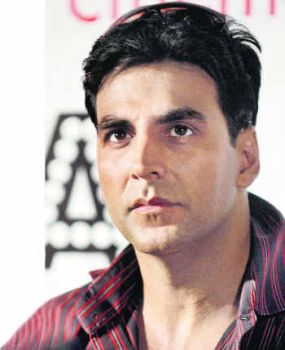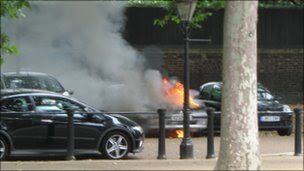The decades long Ayodhya dispute revolves around the claim over the land in Ayodhya, which is considered scared by Hindus as it is believed to be the birthplace of Lord Ram while Muslims seek to defend the Babri Masji at the site.
Land in question:
Hindus believe that Ayodhya is the birthplace of Lord Ram, one of the avatars of Lord Vishnu. The land is, therefore, considered sacred and befitting the profile of a holy pilgrimage
spot.
The communal tension over the land took root in the construction of the Babri Masji, by Muslim emperor Babur, who in 1527 defeated the Hindu King of Chittorgarh, Rana Sangram Singh at Fatehpur Sikri.
The king left his general, Mir Banki as the Viceroy of the region. Mir Banki, who enforced Mughal rule over the population, came to Ayodhya in 1528 and built the Mosque.
There are claims that when the Mosque built, the Ram temple at Ayodhya was either demolished or modified largely.
Over the years, Hindus have sought to reclaim the 'Ram Janmabhoomi' while Muslims have sought to defend the Babri Masjid.
Growth of dispute over the years
According to literature dating back to 1987, before the 1940s the mosque was called Masjid-i Janmasthan ('mosque on birthplace') by Indian Muslims
1947 - A Government order prohibited Muslims from being around the site (at least 200 yards). The main gate was locked. However, Hindu pilgrims allowed to enter through a side door.
1984 - The
Vishwa Hindu Parishad (VHP) started a campaign to reclaim the site for Hindus so that a temple dedicated to the infant Ram (Ramlala) could be erected.
1989 - Allahabad High Court passed an order that the main gates should be opened up and restored the site to Hindus for eternity.
But the communal discord re-erupted when the Hindus intented to make modifications of the Islamic style structure built by General Mir Banki.
When they inaugurated the proposed new grand Temple with Government permissions, unrest erupted across India as the Muslim community was against this.
This is when Government moved the court, turning the dispute sub-judice
1992 - The dispute took a rather ugly turn on Dec 6, 1992 when the
Babri Masjid was demolished during a political rally. This led to riots in which over 2000 were killed.
Ten days after the Babri Masjid demolition, the Liberhan commission was set up to probe the circumstances that led to the demolition.
2003 - On the order of the High Court, the the Archaeological Survey of India carried out excavation at the disputed site of
Rama Janmabhumi - Babri Masjid from 12 Mar, 2003 to 7 Aug, 2003. The study reportedly found evidences of an ancient temple.
A 574-page report with maps, drawings as well as opinions was presented before the Lucknow bench of the Allahabad high court in Aug 2003.
Based on the archaeological evidence the the ASI report noted that the remains had distinctive features found associated with the temples of north India and said that there was sufficient proof of existence of a massive and monumental structure having a minimum dimension of 50x30 metres in north-south and east-west directions respectively just below the disputed structure.
2005 - On July 5, 2005, five terrorists attacked the site of the makeshift Ramlalla temple, in Ayodhya.
All the five terrorists were killed in the ensuing gunfight with the Central Reserve Police Force (CRPF), guarding the area. The attack claimed life of one civilian, who died in a grenade blast that the terrorists triggered to breach a cordon wall.
2009 - In Nov 2009, some of the findings of the Liberhan commission was leaked to the media. These leaked reports indicted Bharatiya Janata Party (BJP) leaders like LK Advani and Murli Manohar Joshi.
2010 - On Sep 24, 2010, the Allahabad High Court was slated to give its verdict on the Ayodhya title suit on ownership of the disputed land. On the eve of the judgement, the Supreme Court deferred the verdict by a week on a deferment plea and scheduled hearing of the postponement petition on Tuesday, Sep 28.
Some important observations/ chronicles prior to Indian independence:
As early as 1767, Joseph Tieffenthaler, a Jesuit priest, recorded in his French works that were Hindus worshipping and celebrating Ramanavami at the site of the mosque. In 1788, he recorded that Emperor Aurangzeb demolished the fortress called Ramkot to establish a Mahometan temple.
Even till 19th century, there have been chronicles of Hindus worshipping Ram at the Ramkot hill.
P Carnegy wrote in 'A Historical Sketch of Tehsil Fyzabad', 1870, "It is said that up to that time (referring to the the Hindu-Muslim clashes in the 1850), the Hindus and Mohamedans alike used to worship in the mosque-temple.
"Since the British rule a railing has been put up to prevent dispute, within which, in the mosque the Mohamedans pray, while outside the fence the Hindus have raised a platform on which they make their offerings."
While passing an order over the issue in March 1886, the Faizabad District Judge, Col F E A Chamier, observed:
"I visited the land in dispute yesterday in the presence of all parties. I found that the Masjid built by Emperor Babar stands on the border of Ayodhya, that is to say, to the west and south it is clear of habitations. It is most unfortunate that a Masjid should have been built on land specially held sacred by the Hindus, but as that event occurred 356 years ago, it is too late now to agree with the grievances."
Source: news.oneindia.in
Some Other news:




































